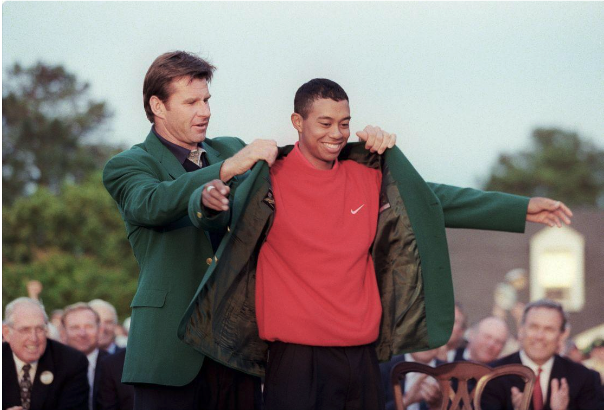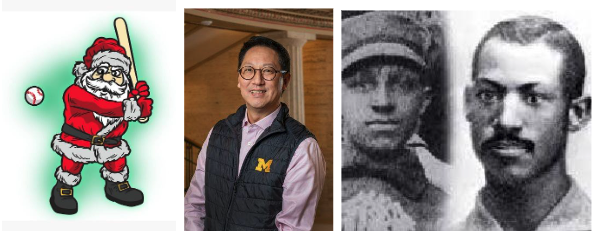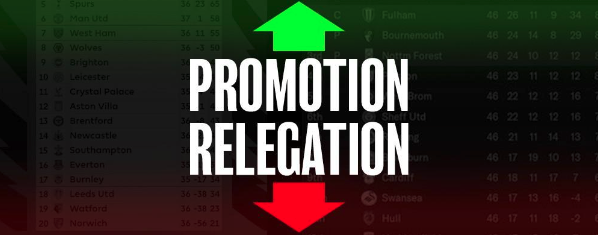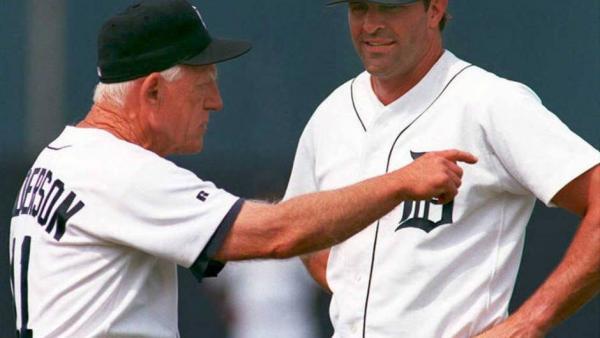MASTERS CHAMPION CROWNED
Congratulations to George Kreiner, 2023 Masters Tournament Champion, his third time winning the coveted green jacket!
The 2023 Masters Tournament was the 14th running of this annual tournament, which is designed to test the creative and adaptive skills of the participants over a wide range of league themes using both Classic and SSG formats. All MTs use a cumulative scoring system where 1 point is awarded for every regular season win, 2 points for every non-WS playoff game win, and 3 points for every WS game win. Just as in its golfing namesake, the tournament ranking is based on the cumulative score over the four equally weighted rounds of the tournament.
The 2023 MT played five seasons over the four rounds with the third round consisting of two coupled accelerated seasons, one Classic and one SSG, with “keepers” from the Classic season to the subsequent SSG season.
Tournament director Bob Jecmen’s full wrap-up of the 2023 Masters can be found here.
IT’S XMAS TIME
OK, admittedly the connection is a tenuous one, but bear with us for a moment.
Santa Ono (no relation to his more famous namesake) is the President of the University of Michigan.
There have been 97 major league players who have attended the University of Michigan, including Hall of Famers Charlie Gehringer, Barry Larkin, Ted Simmons and George Sisler.
In some ways, however, the most noteworthy were the Walker brothers – Moses Fleetwood, pictured on the far right, who studied law, and Welday Wilberforce, pictured to his immediate left, who studied homeopathic medicine – who played for the Toledo Blue Stockings of the American Association in 1884, thus becoming the first – and only – black major leaguers until Jackie Robinson joined the Dodgers in 1947.
REGISTER NOW FOR LADDER LEAGUES RANDOM 600 ASSN SEASON 44
Registration is now open for Season 44 of the Ladder Leagues Random 600 Association.
For those unfamiliar with them, the Ladder Leagues operate similarly to European soccer. The Random Association presently is comprised of five ranked leagues. At the end of each Ladder Leagues season, the top teams from each league are promoted to higher leagues and the bottom teams are relegated to lower leagues. The promotion and relegation system in the Ladder Leagues ensures competitive leagues with similarly skilled owners.
Random Association leagues are Classic (career-rated) manual draft leagues. which draft from a randomly drawn limited pool of just 600 players. They are set in the Moneyball era of play, but otherwise use all Standard League rules, with the DH on or off in alternate years. In Season 44, the DH will be off.
Many team owners consider the RA600 their favorite league format. Why not give it a try? You can register here.
NEW FEATURES
We recently introduced two new features to the Diamond Mind Online game: a “double ace option” for your pitching rotation, and ratings tables for your hitters on the page(s) where you set your batting order(s).
For the double ace option, the computer manager will always start the #1 and #2 listed starters if they have had three days rest. If you have a fifth starter listed, starters #3-#5 will always be scheduled to start, in turn, on four days rest; if you select the spot starter option as well, starter #5 will only start if neither #1 nor #2 have had three days rest and neither #3 nor #4 have had four days rest.
The batting stats tables at the bottom of the individual batting order pages display the following stats categories:
For SSG: PA/BA/HR/OBPvL/OPSvL/OBPvR/
For Classic: Standard Leagues – All Parks sim stats; same categories as SSG minus PA, and with HRF in place of HR.
CUSTOM LEAGUES KINGS
This month we’re visiting with Jeff (Rheinlander) Gerhardstein of the Accelerated Rewind Leagues.
Click here to read more.
THE TIPPING POINT
Each month we’ll offer a few tips in this space that may come in handy for the beginner as well as the experienced team owner.
Last month’s Tipping Point, which talked about using Classic player salary history as an aid to player selection, gave rise to a quite unexpected level of discussion.
Of course, there are many different sources of information that can be used in evaluating and selecting players for your team, and not everyone will agree on which sources are the most valuable, what weight to give to different sources and categories of information, or how deeply they’re prepared to delve into the exercise.
As I reiterated in the message board discussion of last month’s Tipping Point, salary history can be a useful shortcut in selecting players. Here are some other simple and basic tips for constructing your team’s roster:
-
There are 162 games in a season. All things being (more or less) equal, each spot in your batting order will get the final at bat in the same number of games: 162/9=18. So, your #2 hitter will get 18 less PA than your leadoff hitter, and on down the order, until you get to your #9 hitter, who will get 144 (18×8) PA less than your leadoff guy. If you overspend on the batters at the bottom of your order relative to the guys at the top, you’re not getting your money’s worth.
-
OK, maybe it’s not totally realistic, but the Ace and Double Ace options will (barring injury) get you 45 starts each from your top one or two starting pitchers. If you’re going to “ace”, you want guys with both good endurance (an Ex or at least Vg SDur rating) and who are efficient with their pitches (an Ex rated starter who walks and strikes out a lot of batters is not going to be able to go as deep into games consistently as one with good control who puts the ball in play). This is one way to maximize your pitching spend.
-
The previous two points are both specific examples applying a more general principle: spend more on the players who play bigger roles on your team; spend less on players who will play less. In particular, don’t overspend on your bench or the back of your bullpen.
-
After your league drafts, adjust your roster, if necessary, to better match up with your league opponents, particularly your division rivals. Look at their parks, pitching staffs and batting orders to see whether you’ve got a good mix and allocation of resources between L and R pitchers and hitters.
-
Construct your roster with a view to how you will upgrade it over the course of the season. You want to minimize the 25% “haircut” when you release a player, so a typical upgrade plan will involve a few cheap players on your Opening Day roster who you’ll upgrade to more expensive players later.
-
Don’t try to be too clever or extreme. Don’t try to outsmart the game. With 5,000+ players to choose from, you’re not going to succeed by playing guys out of position, or pursing some rigid, monolithic strategy like all Ex fielders or all 500k pitchers. A well-balanced roster of well-priced players will set you up for success.










Leave A Comment